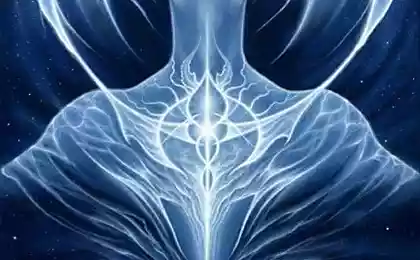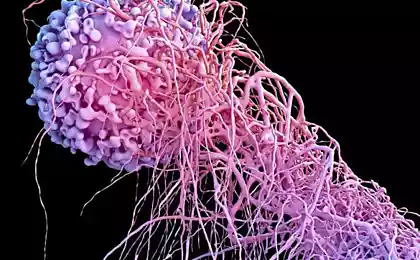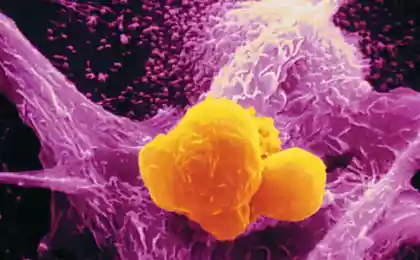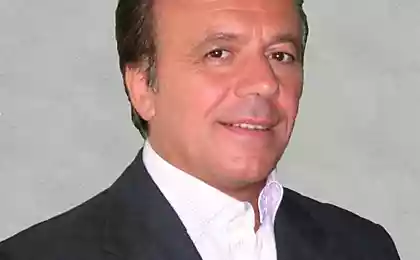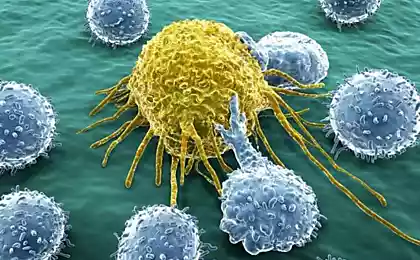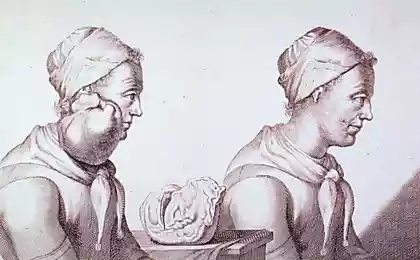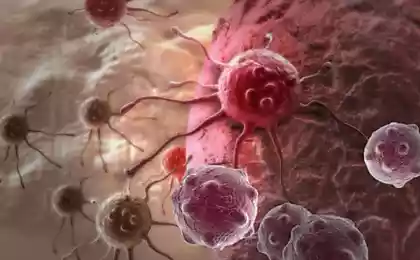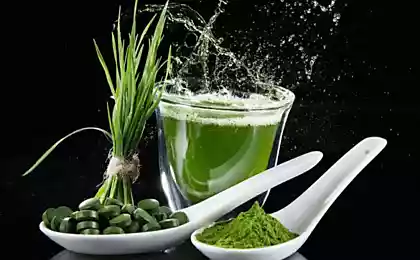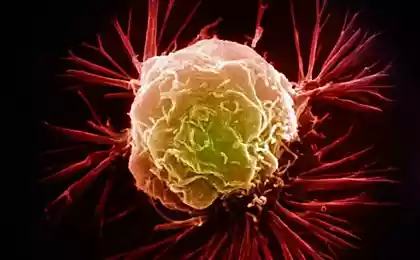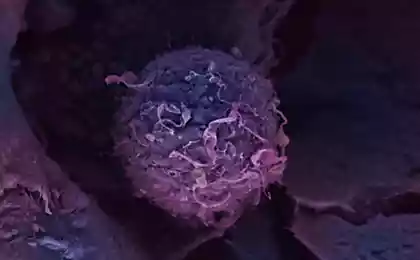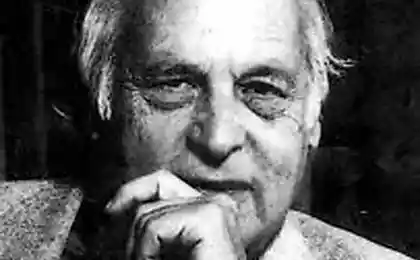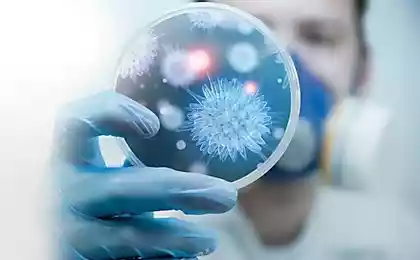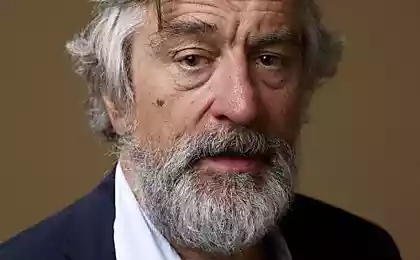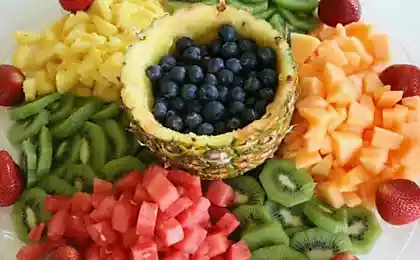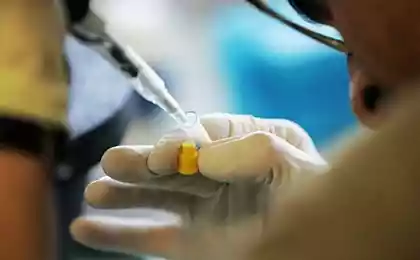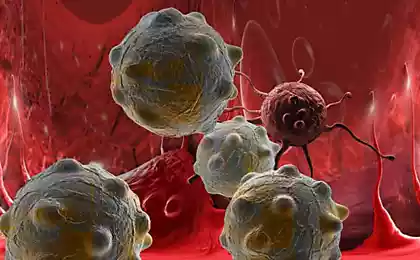499
The cancer grows through the cell altruism

For enhanced growth of cancerous tumors need special cells that help her to cope with adverse environmental conditions.
Cancers are heterogeneous, each of them, you can select many groups of cells that differ in genetic profile. That is, the tumor is not just a cluster of cells that have acquired the ability to uncontrolled division, but rather a complex system in which cell populations with different mutations coexist with each other. There is, for example, cancer cells that are able to go to free swimming, forming metastases, there are few cancer stem cells that may long remain dormant, then Wake up and restore the removed tumor.
But among the ordinary cells, which form the bulk of the tumor, it is possible to allocate kinds. For example, some of them fall faster than others. It can be assumed that such populations should receive the benefit of, and gradually replace the less enthusiastic "colleagues" from the tumour. However, in reality, that is, in vivo, cancer faces several challenges: it lacks of space, oxygen and nutrients. Therefore, the tumor grows more slowly than one would expect – an increase of cells kompensiruet their death because of poor environmental conditions. (Although kompensiruet, unfortunately, not completely.) And in fact, the "success" of the tumor will depend not so much on the speed of cell division, how much of the balance of different groups, each with its functions.
To better understand the relationship between different types of cells in the tumor, researchers from the cancer Institute Dana–Farber transplanted to several mice samples of human breast cancer. Among the newly formed tumors Korneliya Polyak (Kornelia Polyak) and her colleagues chose the ones that was growing slowly, while cells in the laboratory shared very quickly. Then slow-growing samples sorted in the cell groups, which, in turn, differed in the proteins needed for tumor growth.
These groups, individually, or in combination with each other, again injected animals. The result was able to identify two varieties of cancer cells (some actively synthesized protein CCL5, other protein IL11), which could remove the tumor from the growth impasse. That is, if suddenly the external conditions do not give the cancer to grow, such cells help the disease to develop further.
However, as the authors work in Nature, the two cell groups do not have numerical superiority within a tumor, their own division rate was not very high. That is, they help to grow other cells, weakening the restrictions of the medium, but by themselves, no growth benefits from their work had received and continued to share slow. There were counter-examples: thus, the cells synthesizing the protein LOXL3, by themselves, were overtaken in the growth of most other cell groups, but the tumor made up of LOXL3-cells grew poorly. But if they are combined with "helping" cells, IL11, tumor grew very fast. Further, the following has occurred: a fast-growing cell, overcame the difficulties of the environment in conjunction with accessory cells, quickly suppressed, so that slow-growing accessory cells of the tumor disappeared. Therefore, when challenges arose again, the cancer has stopped growing and even started to decrease.
Of course, such a model when we only have two cell groups greatly simplifies the real situation. In real tumors, the cellular varieties are many, they help each other in different difficult situations, and hardly any of them can get a decisive advantage over the other. On the other hand, the tumor may vary according to cell types: for example, one patient's cancer is more serious and aggressive because of the variety of cell groups, and the other the same type of cancer is more, if you can say, calm. It can be assumed that therapy will be more effective, the more drugs will hit the specific cells for the growth of his "colleagues at the tumor."
Source: nkj.ru


